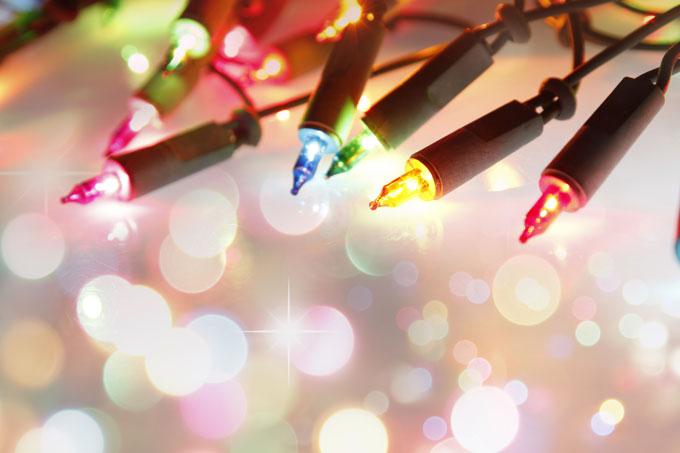Dr Jane Lovell and Howard Griffin explore how light festivals can transform our everyday surroundings.
We use the word enchantment, but what does it actually mean? And how do you induce enchantment in people? The first element of enchantment is surprise. When you encounter enchanting phenomena you become physically still, transfixed, spellbound by the experience. At the same time your mind is hyper-aware, attuned to the experience. Childlike joy mixes with confusion because what you are seeing is magical and inexplicable.
“Being enchanted” implies being placed under a spell. The designers of the large-scale installations that you can see at light festivals mesmerise us by performing seemingly impossible actions. They suspend the laws of physics, evoking a pre-modern sense of animus, as static buildings move. Enchantment also relies on unexpectedness, so the metamorphoses of light installations are intended to be surreal and disconcerting. These illusions manipulate your sense of depth perception, confusing audiences, who know a building isn’t truly moving, yet see it do so. This dissonant experience causes a pleasurably entrancing contradiction between reason and imagination that encapsulates enchantment.
Light festivals re-enchant places by defamiliarizing them and initially disorientating us. Familiar streets are altered, becoming new, magical elsewheres which do not exist. Light installations work in historic environments, exaggerating the fairytale associations with buildings which witnessed the past, creating feelings of “magi-heritage”. In addition, light installations work equally well (or better) in modern environments, for example the suburbs, by drawing out the extraordinary genii locorum (spirits of place). They tune us in to where we are.
But beware! Historically enchantment was thought to be addictive. When light installations finish, we have observed a pause as people struggle to re-adjust to their return to the unenchanted world. We increasingly look for new ways to experience the extraordinary and as a result light displays (even the ones on your neighbour’s house) become ever-more spectacular.
The types of phenomena that enchant us exists on a broad spectrum and includes Christmas lights. Christmas light decorations surprise us by highlighting the fantastical. They draw our eye to architecture, or the abstraction of trees, or upwards to the dark sky beyond the lighting festooned above the street. Some objects are also exaggerated in scale to superhuman size by light or colour. They return us to the painted past, when buildings and statues were painted in brighter colours, rather than the plain stone structures that we see today. Lights amplify our feelings in December, a time of year when we need to feel a festival atmosphere and when , traditionally, we huddled round fires and told stories in midwinter.
So, when you first flick the light switch on your fairy lights, or if you visit a city-wide festival, remember that your initial feeling of joy, warmth and environmental surprise is enchantment.
You can read our research here.
Dr Jane Lovell is a Senior Lecturer for Christ Church Business School and Howard Griffin Programme Director for Architectural Visualisation at the University of Kent.
 Expert comment
Expert comment Jeanette Earl
Jeanette Earl 2322
2322


